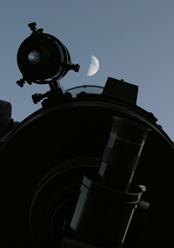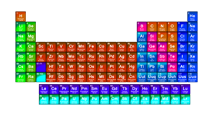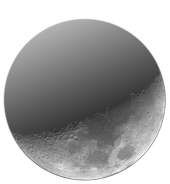Summary
 Astronomy is the oldest of the sciences, dating back thousands of years, but modern astronomy has developed explosively over the last 50 years. The overall goal of this course is to provide participants with a sufficient understanding of the principles, laws, and theories of basic modern astronomy and astrophysics and to, at least partially, eliminate the mystery of scientific exploration in the field, laboratory, and classroom. Successful participants in this course will gain the competence to read and understand the popular scientific literature and should attain the skills to differentiate authentic scientific exploration from “pseudoscientific” conjecture.
Astronomy is the oldest of the sciences, dating back thousands of years, but modern astronomy has developed explosively over the last 50 years. The overall goal of this course is to provide participants with a sufficient understanding of the principles, laws, and theories of basic modern astronomy and astrophysics and to, at least partially, eliminate the mystery of scientific exploration in the field, laboratory, and classroom. Successful participants in this course will gain the competence to read and understand the popular scientific literature and should attain the skills to differentiate authentic scientific exploration from “pseudoscientific” conjecture.
Success in this class starts with the participants' inquisitive nature. Learning how things work and questions about self are innate in nearly everyone from the time they can form a question. For many, the desire to understand nature and the universe is lost early in life because of personal preferences, experiences, societal or peer pressures, or many other reasons. In this course, some of the mystery and awe of the universe will be explored in, hopefully, a non-threatening environment. Past and current scientific thought will be presented as well as methods used to collect and analyze data which lead to our modern theories of the universe.
Everyone who successfully completes this course should be able to...
...understand the basic principles underlying celestial motion, modern cosmology, and stellar evolution.
...describe the terrestrial results of celestial events – including lunar phases, seasons, sunspots, solar flares and prominences, and planetary alignments.
...carry out simple experiments related or similar to those performed by active practicing scientists.
...use techniques for recording and evaluating data derived from experiments and appropriately report the results of a given experiment.
...solve a variety of simple numerical and non-numerical astrophysical problems dealing with planetary motion, stellar and galactic distances and sizes, light, and optics.
...Identify stars and constellations in the night sky.

